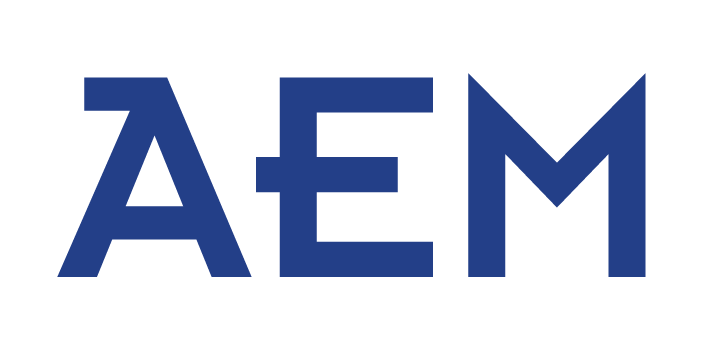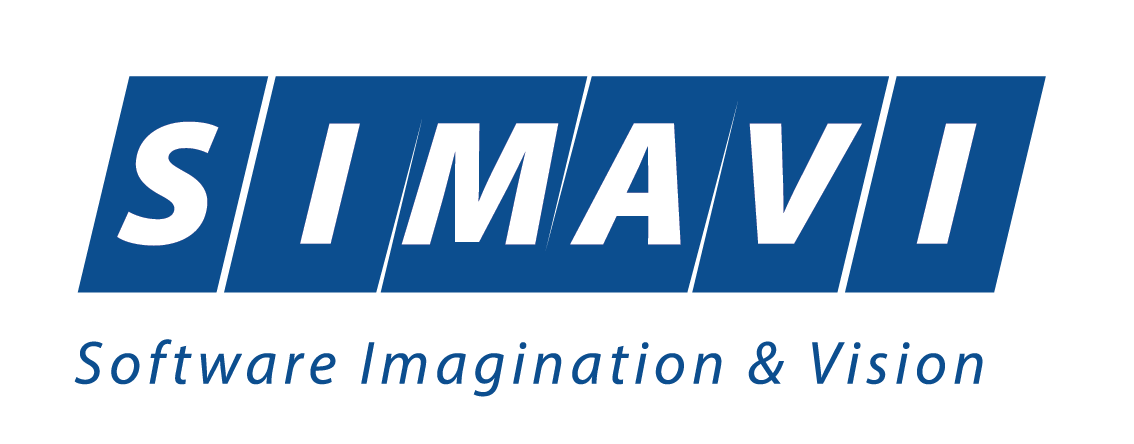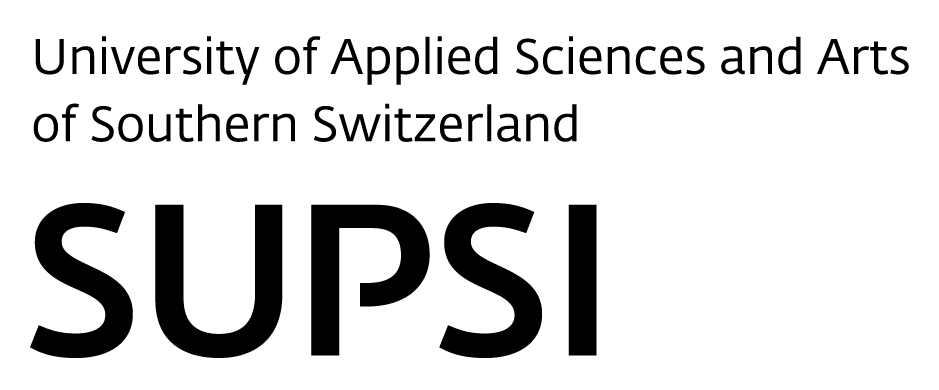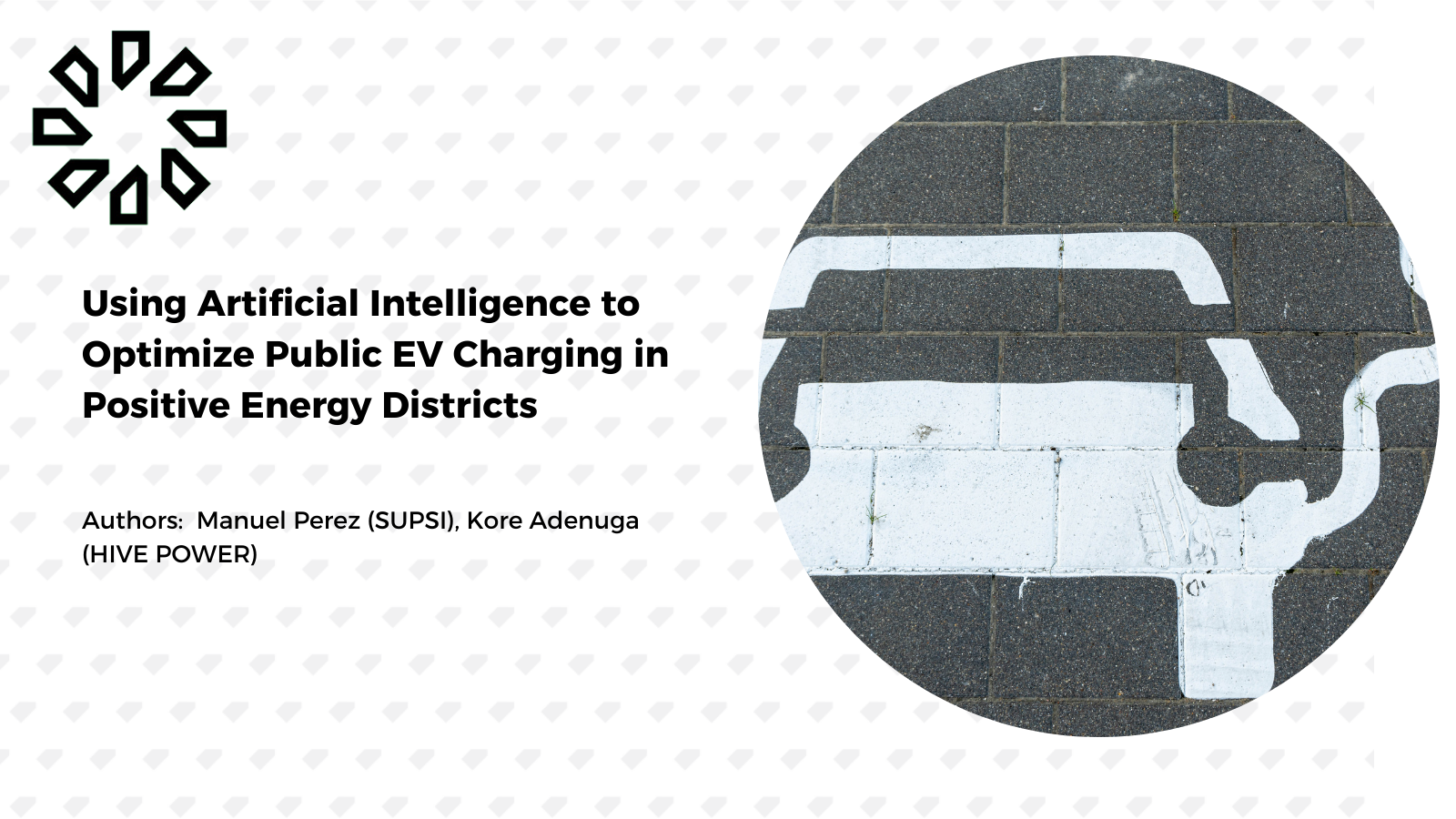As the energy transition accelerates, Europe is seeing a shift in how we consume and manage energy. The increasing penetration of renewable energy, electrification and the rising adoption of electric vehicles (EVs) to achieve a more environmentally friendly system bring new challenges for the power grid. These challenges are compounded by the considerable increase in peak demands, which can create stress on local grids and reduce overall efficiency. Without innovative solutions, the grid may struggle to meet future needs. One promising approach to addressing this issue is flexibility and demand response, which enable smarter management of loads.
In this context, the InterPED project, focused on Positive Energy Districts, is exploring solutions that align with these goals. SUPSI and Hive Power, together with local partners, are developing an EV charger orchestrator for public charging stations. Its primary goal is to alleviate pressure on the grid by shifting the energy demand, reducing carbon footprints through better self-consumption, and providing economic benefits to users who adjust their load profiles.
Test cases
The orchestrator will be tested in Capriasca, Switzerland, within the pilot community of AIC. The pilot will involve two public charging stations and is supported by the local distribution system operator (DSO), AEM. This testing phase will evaluate the system’s potential, identify improvement areas, and assess its real-world performance. To broaden the study, efforts are also underway to extend the trial to Ecovillage Findhorn, Scotland, supported by Findhorn Innovation Research & Education, CIC. These pilots will provide critical insights into how the orchestrator performs across diverse contexts and grids.
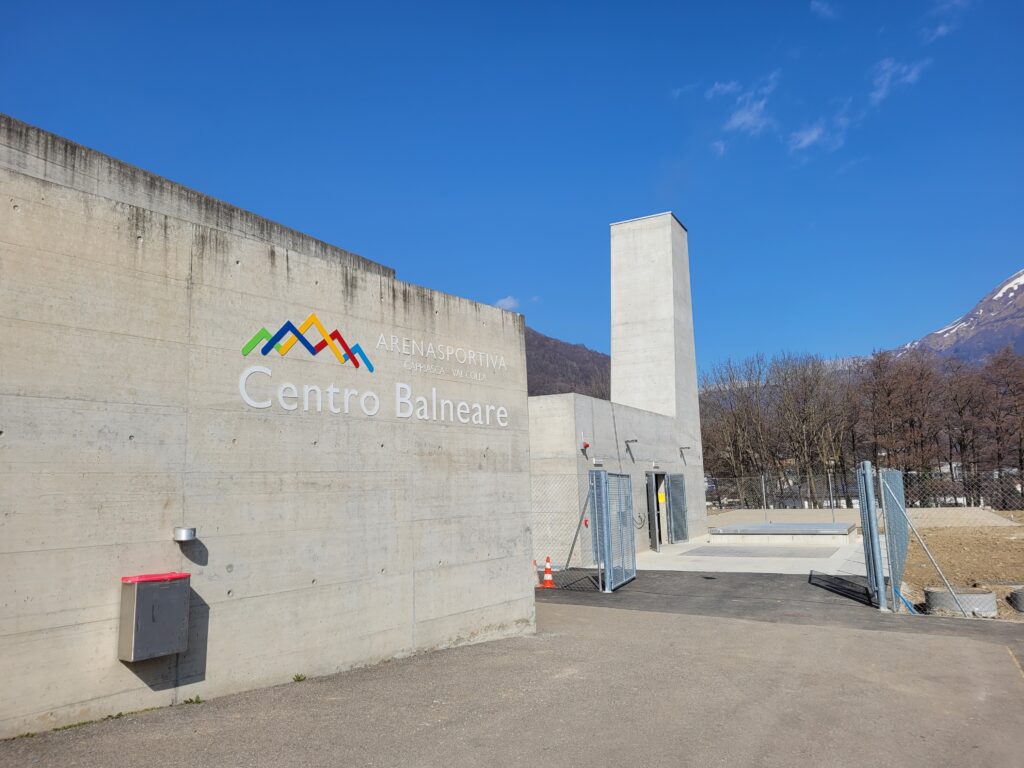
Why Artificial Intelligence for Public EV Charging?
Managing public EV charging requires addressing a highly stochastic environment. Unlike private charging, public stations see diverse user behaviors, making it difficult to establish predictable patterns. We’ve chosen a Deep Neural Network to decide when a charging station should charge a vehicle and tackle this complexity. A neural network is a computational system inspired by the human brain, consisting of layers of interconnected nodes (or “neurons”) that process and learn patterns from data. These networks are particularly effective for analyzing complex and dynamic environments, as they can adapt and generalize based on the data they are trained on. In this case, it has been decided that this neural network will be trained using reinforcement learning (RL). RL is a branch of artificial intelligence that trains a function by rewarding them for achieving desired outcomes. This approach does not require a detailed physical model of the phenomena, which makes it ideal for dynamic and uncertain scenarios like public EV charging. Also, it usually allows to have a decisional model that balances competing objectives.
Specifically, the orchestrator employs a multi-agent reinforcement learning (MARL) approach, where the AI learns to coordinate decisions for multiple charging stations simultaneously. A key aspect of RL is reward engineering, which involves designing incentives that guide the algorithm toward optimal decisions. For this project, the rewards are carefully calibrated to balance three goals:
- Maximizing user satisfaction (e.g., ensuring vehicles are charged in time for departure).
- Reducing grid power peaks to support DSO needs.
- Enhancing self-consumption of renewable energy, minimizing reliance on imported electricity.
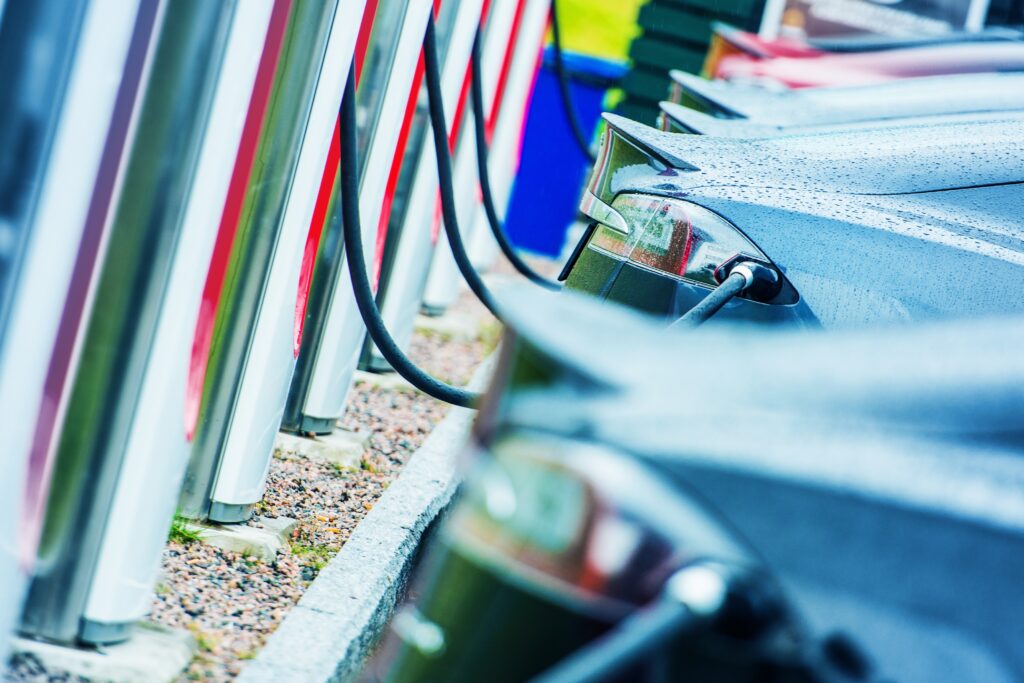
The Role of Environment Calibration and Algorithm Development
Implementing RL involves creating a simulated environment where the algorithm learns to make decisions. This entails setting up a virtual environment that mirrors real-world conditions as closely as possible and designing rewards to guide the algorithm in the right direction. For this project, SUPSI is testing some of the most promising algorithms to design an efficient model that’s stable and consistent. Each algorithm has its strengths, and our goal is to find the best one for managing EV charging efficiently.
The use of public EV charging stations adds a layer of complexity compared to private systems. Researchers and engineers at SUPSI and Hive Power are working closely to address these challenges, refining the environment and debating alternative techniques to enhance system performance.
A Foundation for Success: Real data
One of the most demanding tasks so far has been data collection and processing. Detailed information from 10 different charging stations in the Capriasca area has been gathered and analyzed. This data helps forecast charging sessions and thus the demand and calibrate the RL environment, ensuring that the simulated training reflects actual user behaviors and grid conditions.
From Simulation to Real-World Deployment
Once the algorithm is ready, it will be tested in real-world conditions at the pilot site. The deployment phase will allow users to select the new charging approach when connecting their vehicles to the charging stations. To enhance system functionality, the need to ask the users to provide additional basic information, such as expected departure time and state of charge (SOC), is currently under evaluation. The better the charging session forecasted, the better the results that could be expected from the optimizer and thus the benefits.
For this phase, Hive Power and SUPSI will work closely with AEM to adapt the solution to the Swiss pilot hardware and ensure seamless integration. As mentioned before, the different partners of InterPED are working on trying to extend the test of this solution to a second pilot to have results on two different and uncorrelated scenarios that allow testing the generalization of the solution. If successful, the orchestrator could represent a model for smarter, greener public EV charging in Positive Energy Districts across Europe.
The InterPED project exemplifies the power of collaboration in addressing the challenges of energy transition. By leveraging cutting-edge AI techniques and focusing on user-centric solutions, we aim to create a sustainable and efficient EV charging system that benefits all stakeholders—users, DSOs, and the environment. With promising pilots in Capriasca and potential expansion to Scotland, we’re paving the way for a smarter, more flexible energy future.
Stay tuned for updates on this exciting journey toward more sustainable Positive Energy Districts!
Blog signed: Manuel Perez (SUPSI), Kore Adenuga (HIVE POWER)











